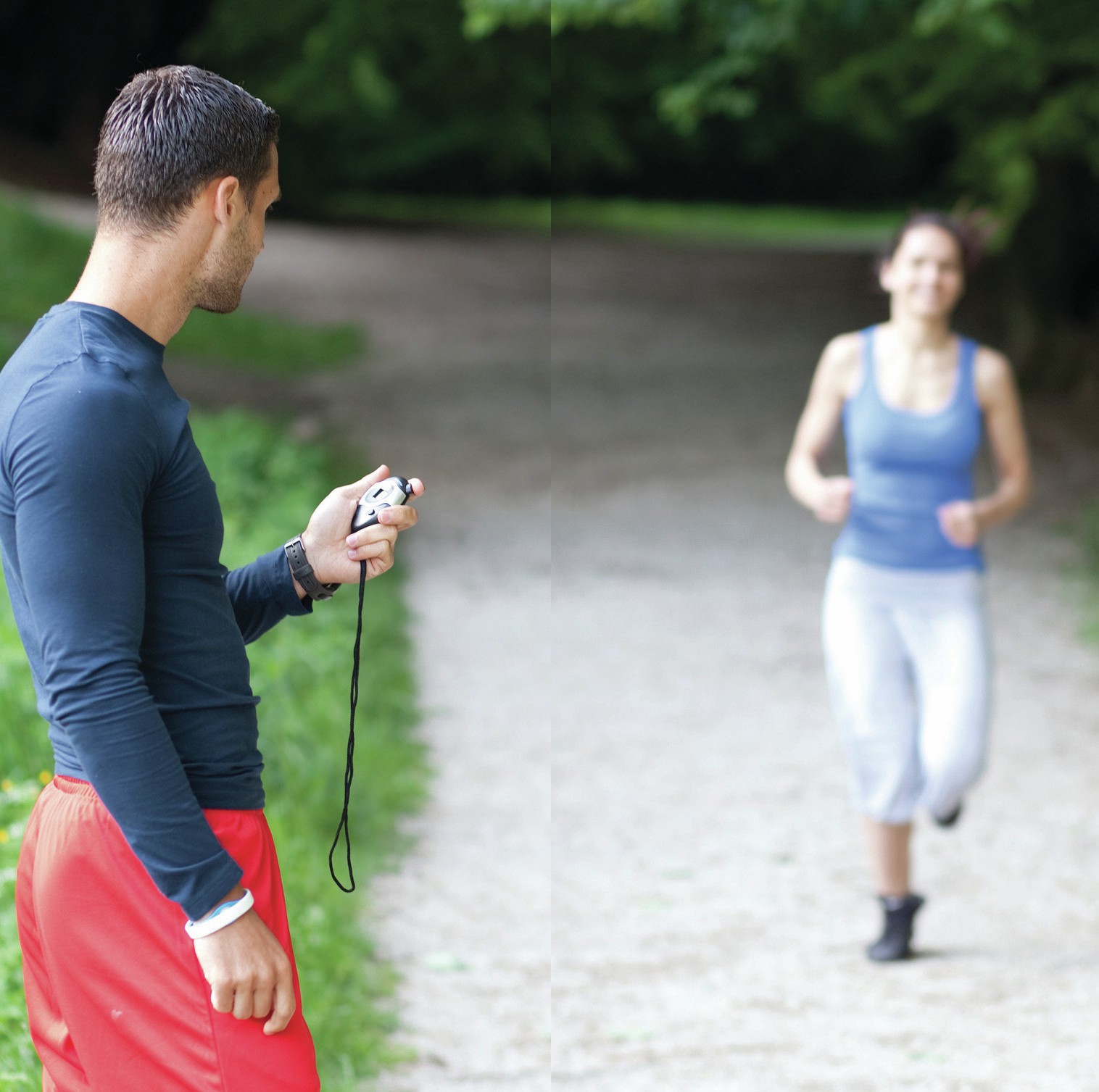
Young people who are inclined towards mastery orientation are motivated to improve their competence in a given task. They have confidence in their own ability and believe that success will be forthcoming if the necessary effort is applied. Conversely, those who adopt learned helplessness believe that failure is inevitable and they have no control over this outcome.
Changing the negative condition of learned helplessness into the positive mindset of mastery orientation involves raising the confidence of an individual. The strategies to improve confidence initially appear complex, and students can find it daunting to try and link them with sports performance and the development of a balanced, active and healthy lifestyle (BAHL).
Your organisation does not have access to this article.
Sign up today to give your students the edge they need to achieve their best grades with subject expertise
Subscribe




